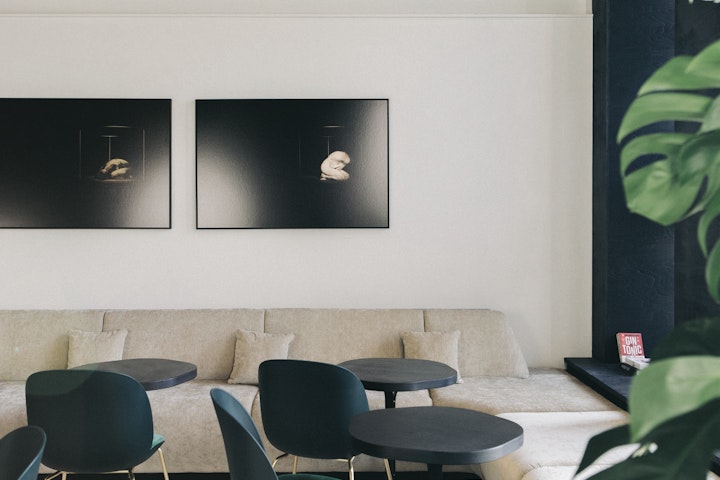Interview with Going East
“Craft, nature and the human touch in design attracts our attention.”
Michiel Mertens and Anaïs Torfs, founders of design studio Going East

Anaïs & Michiel
Designer couple Michiel Mertens and Anaïs Torfs realise beautiful projects with their interior studio Going East. They are also the people behind the interior of Fosbury & Sons. Full of passion and creativity, they transform very diverse spaces into a warm and inspired whole. Their formula for success? In addition to their professional expertise, they work very intuitively and always trust their feelings in collaborations and creations.
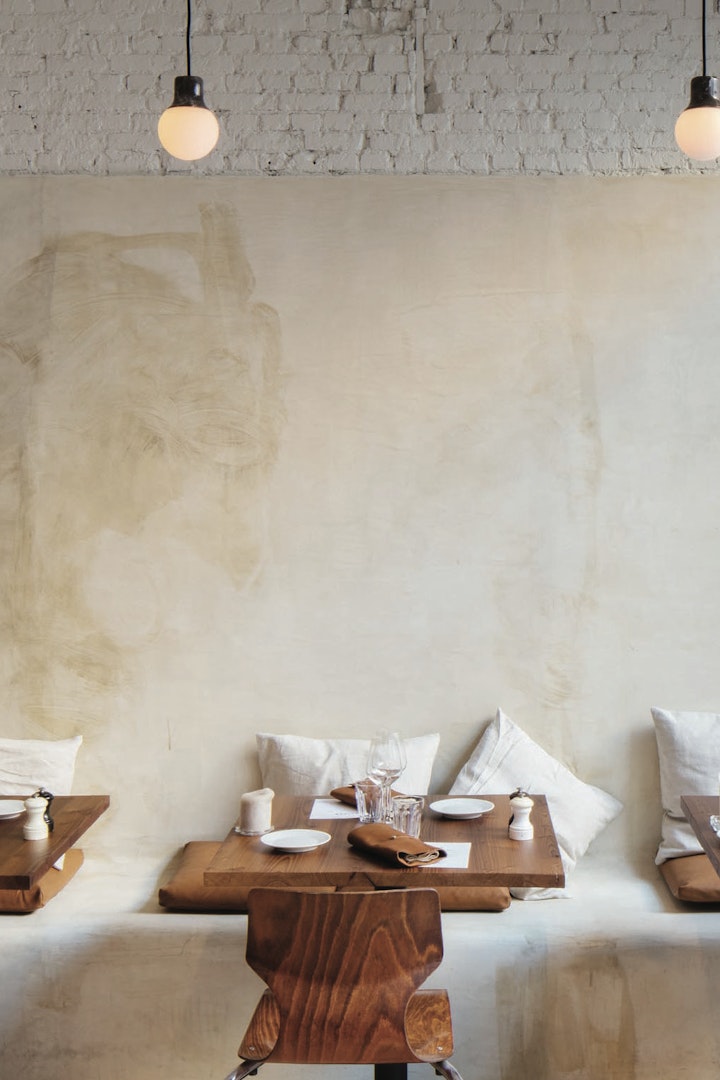
Restaurant Veranda (Antwerp)
You’ve been working for only 4 years, and in the meantime you are working on major interior design projects at home and abroad. How exactly did the whole Going East story come about?
Michiel — ‘That’s actually several stories intertwined. I studied interior architecture and gained work experience in building projects in Spain and Morocco, while Anaïs studied (art) history and social design. She also worked on scenographic projects and exhibitions. Besides our love for each other, we also felt an enormous desire to create things together.’
‘Our friends had the same need, so we rented an old factory building in which we set up a carpentry workshop and experimented a lot with materials, designs and the development of prototypes. This could range from tables to very large installations. It was all very playful. Anaïs and I always seemed to share the same vision in terms of aesthetics, feeling and approach. That’s why we had the feeling that we wanted to do projects professionally together.’
Anaïs — ‘Not much later we were contacted by ‘Polymagie’, a pop-up shop in Antwerp, to realise the interior. They had found a flyer on the floor somewhere with our details and that’s how we met (laughs), very intuitive. A little later we were asked to furnish coffee bar Tinsel on the Antwerp quays. We made almost all the furniture ourselves, mixed old and new objects and gave the place an authentic ethnic touch with Kelim details. This project received a lot of press attention and everything started to roll from there. In the meantime, four years have passed and we have completed the interior of Fosbury & Sons in Antwerp, as well as projects in Amsterdam, Cape Verde and Romania.’
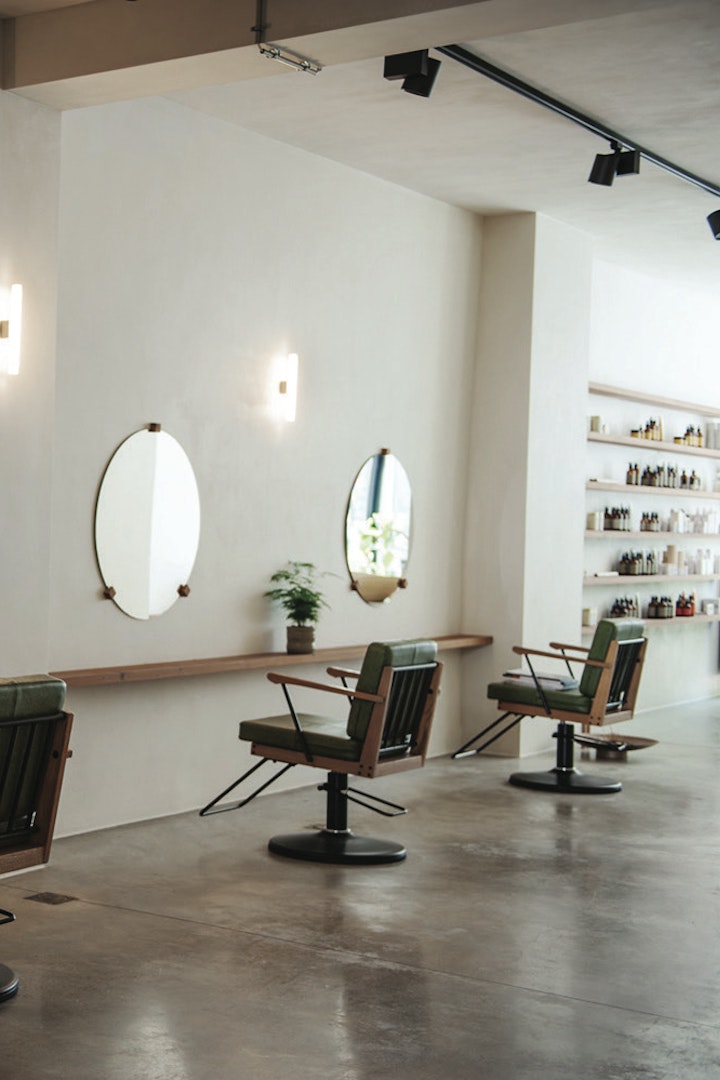
Isu barbershop (Antwerp)
Classroom, Fosbury & sons (Antwerp)
How would you describe your work and style?
Michiel — ‘Eclectic is a term that’s sometimes heard. I can understand why, but it doesn’t quite fit for us. It’s true that we do not work within certain architectural movements and that our work cannot be pigeonholed. We always follow our feelings and that sometimes leads to surprising choices or interior items that you wouldn’t initially expect to find together. Yet everything always forms a beautiful whole that is consciously felt during the design and creation process. If you look at our first sketches, they are always very close to the final result.’
Anaïs — ‘Aesthetics come first and our feeling has to be right. Another constant is the conscious use of honest materials such as wood, natural stone, hand-woven fabrics and so on. Yes, they are more expensive, but the result is so much more powerful and these materials also age better. We also do a lot of custom work. Craftsmanship, custom furniture, precise welding,… We want to show the human touch, although the finishing must of course be absolutely right.’
Where do you get your inspiration from?
Anaïs — ‘That can be anything. Life itself, art, nature photography, travel … Architecture can inspire of course, but it can also be an old pot we found somewhere in India or a bar in a local café in Bali. Craftsmanship, nature and the humanity of design always capture our attention.’
What does the name Going East refer to?
Michiel — ‘It refers to the Eastern philosophy in which respect for nature, crafts and your fellow man are very important. In the Far East, people still make authentic things. They have an idea, look at what is around them and start creating. We find such a process very inspiring. Respect is also very important in the development of our work. Our designs, but also our collaborations, must feel right. We want to continue to grow in all areas and achieve beautiful things.’
What is your biggest driving force?
Anaïs — ‘Our motivation is a kind of primal force that we want to express. An existential urge to create. That may sound heavy, but it doesn’t feel that way at all. We love to work on the interiors we create. Every day; whether it’s Sunday or Monday. That natural creation and workflow feels blissful.’
Michiel — ‘Converting a shell into a warm and inspiring living space is fantastic. The contacts with the various professionals and creatives also inspire us to go further. When, after completion, someone says: ‘It’s beautiful here and it feels good. We like being here. For us, that is the best compliment.’
What are the highlights among your projects?
Anaïs — ‘Every cooperation and every project is different. It is precisely this individuality and variety that we cherish. One time it is a total renovation of a house, then it is a pop-up, a hairdressing salon, a restaurant or a bar. Yet somehow Fosbury & Sons stands out. Suddenly we had 3.000 m² at our disposal. We had never worked on such a large scale before.’
How exactly did the collaboration come about?
Michiel — ‘Stijn and Maarten, the founders of Fosbury & Sons, initially asked us to design the bar there. We then said very intuitively: ‘Oh, but if you want, we can do anything’. (laughs) They asked us to work out a design for the entire location and we immediately started drawing. A week later we presented it. It was entirely in line with what they had in mind, so they agreed. The trust was there and our visions were in line. We decided to go for it and one year later the realisation was a fact.’
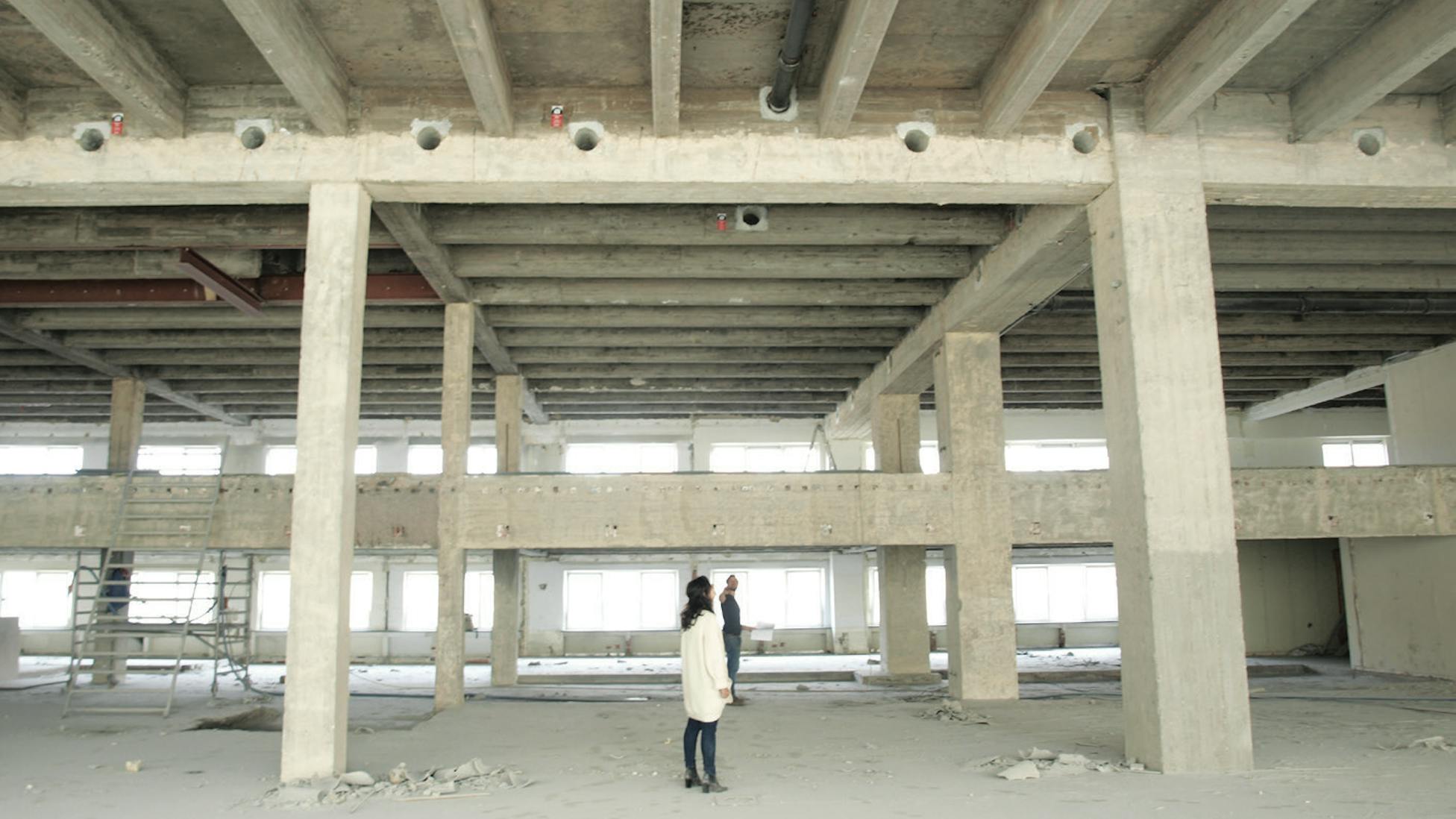
Casco floor in Watt, before Fosbury & Sons moved in (Antwerp)
Meanwhile, you are working with Life on new projects?
Anaïs — ‘That’s right. Besides the realisation of Fosbury & Sons in Antwerp, we are currently working on a brand new Fosbury & Sons in a beautiful building in La Hulpe in Brussels. It will open in autumn 2018. Everyone thinks it will be a blueprint of the co-working place in Antwerp but nothing could be further from the truth. Everything in Brussels will be different. The building itself will also exude a completely different style and we want to build on that. It’s particularly nice to be trusted and to be able to realise completely new concepts.’
Michiel — ‘In Cape Verde, we are currently doing the complete furnishing of a luxury villa, another LIFE project. We are working with a lot of local and natural materials. A great challenge for us and a completely new way of working. At the local wood store, for example, there are no planks to choose from. We had to point out a tree trunk after which local craftsmen set to work to realise our design. And when we asked the Cape Verde cabinetmaker for examples of his work, he took us in the car to several houses where he showed us his handiwork. After all, there was no digital archive of references. This creative way of working and these special encounters give an extra dimension to our work.’
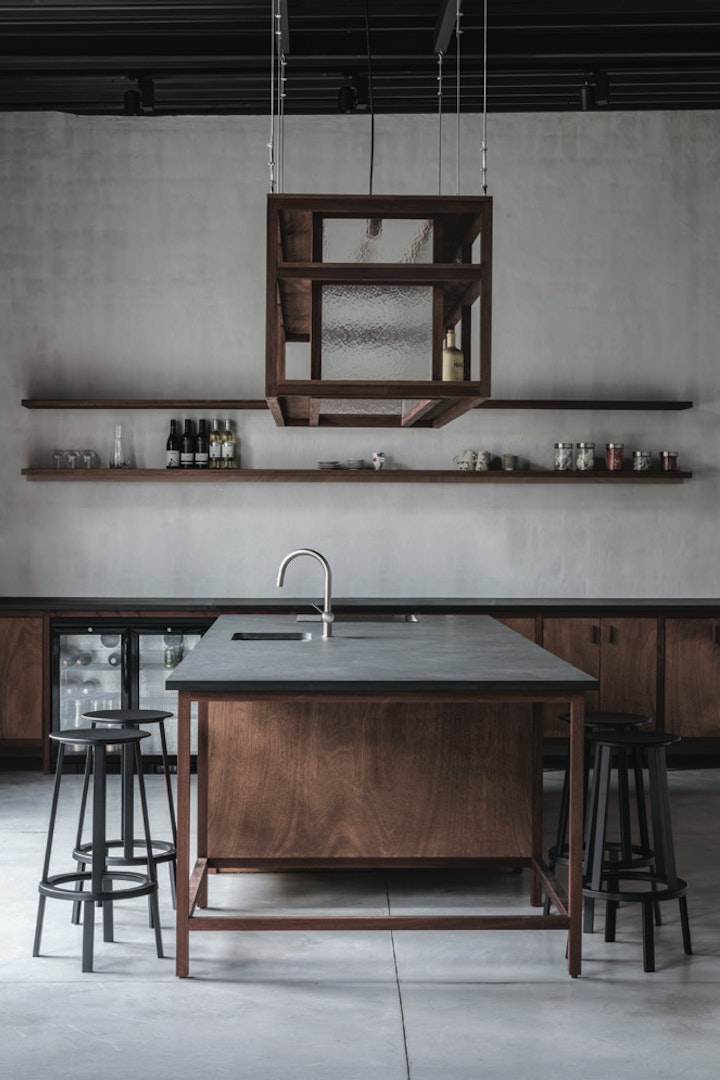
What dreams do you still want to realise?
Michiel — ‘We are very happy with how things are going now. We are working hard to realise our dreams – although I prefer to call them plans – and that feels good. In the future, we want to continue to let quality prevail and the number of projects is secondary. We want to make our creative story ever more beautiful and interesting.’
Anaïs — ‘In 2019 a new hotel will open in Antwerp for which we will realise the interior, also a dream come true. And besides Amsterdam, Cape Verde and Romania, it would be nice to realise projects in Tel Aviv or Mumbai. Plenty of plans still.’
Written by
Veerle Symoens
